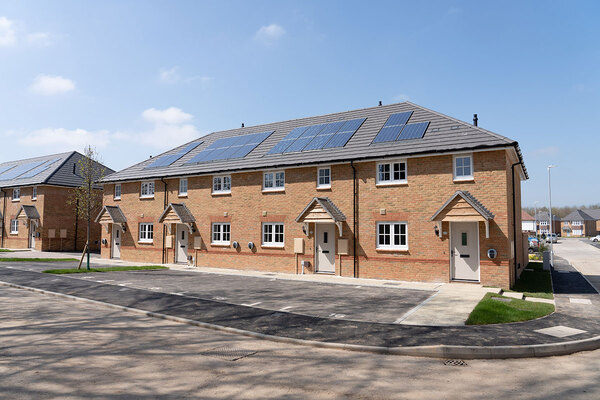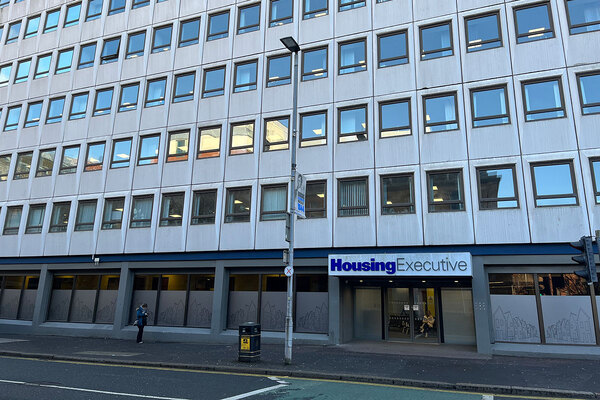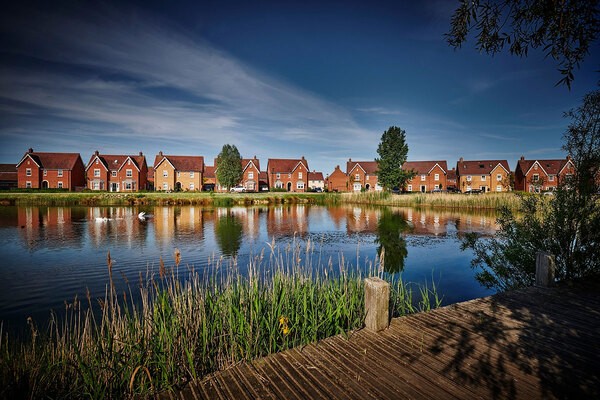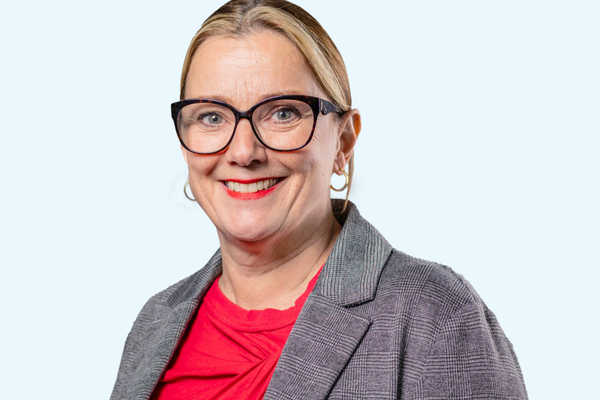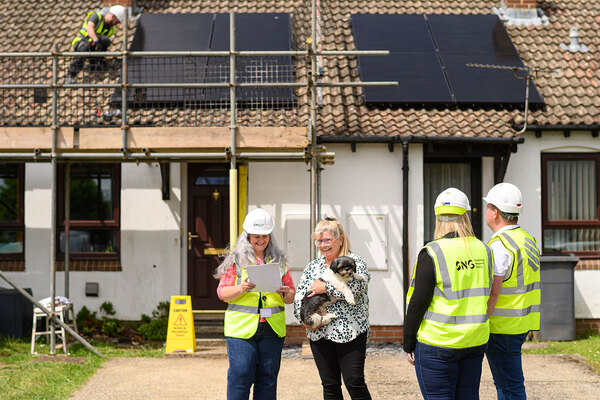You are viewing 1 of your 1 free articles

Ian McDermott is chief executive of Peabody
Our merger will form the UK’s second-largest landlord. Here’s how we propose to avoid the pitfalls that could come with managing 100,000 homes
Big is not always beautiful, but scale should not be characterised by remoteness. Here’s how Peabody and Catalyst’s move to create a 100,000-home landlord will be large but local, writes Ian McDermott
As we plan the coming together of two great organisations, Peabody and Catalyst, we must seek to take advantage of the opportunities whilst avoiding the pitfalls that come with creating an organisation in excess of 100,000 homes. Big is not always beautiful, but scale should not be characterised by remoteness from customers or a lack of agility.
Having worked at a similarly large association as it grew, I learnt that, as your size increases, you cannot simply scale up traditional structures. Instead, you need to reinvent the operating model to ensure that you keep people at the heart of what you do whilst fully utilising the undoubted opportunity that scale brings.
The boards and executives of both organisations believe that we can deliver our enduring purpose of supporting the most disadvantaged in our communities at our new scale. There is clearly much to do, but here I share something of how we intend to achieve that ambition.
- Large but local
The first, and perhaps most significant, feature of the new organisation will be the creation of a neighbourhood model. These will be regions overseen by empowered managing directors. These individuals will have the authority to ‘access all areas’ to ensure all customer-facing activity in their region is of high quality. Both directly and via matrix management, they will work with customers and local stakeholders to ensure emerging issues are identified and tackled early. Their focus will be on ensuring that the quality of our services is uniformly high. In short, they will have the capacity and authority to ensure that our customers receive the highest-quality service and that we have the depth in each locality to give Peabody a human scale.
- Powerful data-driven infrastructure
Scale does generate the capacity to invest in quality, integrated systems accessible to our customers. This will generate insightful, quality data and give us a 360° view of the organisation. We will, for example, be able to analyse all complaints, quickly identify emerging issues such as damp and mould, and reference this to on-the-ground insight from the neighbourhood model. We will digitise asset data to improve knowledge and understanding of our homes, supplemented with operational insight from our data and local teams. In addition, the newly created research and development team will identify fresh, practical ways to improve our processes and services to our customers.
All of this will be made possible by creating space at the top of the organisation with an unwavering focus on core activity and performance via the new deputy CEO role.
- Our future, our people
Great organisations are not the result of fantastic IT or great strategy (though these are important), but the quality of the people we are able to attract and retain. Our world is changing and getting more complex. Our customer skills must be better. We need well-trained, professional building safety managers, zero-carbon practitioners and a host of more traditional skills. In combining and augmenting the two learning and development teams, we intend to create an academy to nurture our talent and future-proof our skills base. This we will do alongside academic institutions, professional bodies, our customers and other like-minded organisations. The academy will also play a central role in strengthening and supporting our emboldened equalities, diversity and inclusion strategy, as will the appointment of an executive director with specific responsibility for holding the organisation to account for performance in this area.
As always, culture will determine the success of our strategy. We will define and create a constructive culture to manage the new challenges in non-traditional ways, putting power at the customer face of the organisation and create a business where the competition is for good ideas, not traditional authority. Our ability to achieve this will undoubtedly be a key determinant of our success.
- Spending the efficiency gains
Both organisations are big and active, with ambitious plans to develop in excess of 3,000 homes a year. Given the many pressures on our resources, the significant efficiencies we have identified from the merger will protect that number and form a baseline for our increased ambition. Our shared focus on affordability will remain central to our plans as we work through the many challenges of carbon neutrality, fire safety and existing investment plans to decide how the additional capacity will be spent.
- Modern legacy
Both organisations have a rich and noble history of investment in the communities they serve. We will focus our combined investment and expertise on achieving the biggest impact and linking our programmes more closely to the new neighbourhood model. We will improve people’s lives by making long-lasting contributions to the physical, social and environmental well-being of the areas in which they live, continuing the legacy of our founders.
Our enduring social mission to assist and be the voice for less-advantaged individuals and communities remains, signalled in part by our renewed commitment to our care and support services.
And finally, we will take care to combine the best of both organisations to create a sector-leading, customer-centric housing association. We are realistic and pragmatic about the task ahead, understanding that we will not be judged by the quality of our plans, but solely on our ability to deliver a high-quality service and tangible outcomes for our customers and stakeholders.
Sign up for the IH long read bulletin
Already have an account? Click here to manage your newsletters






